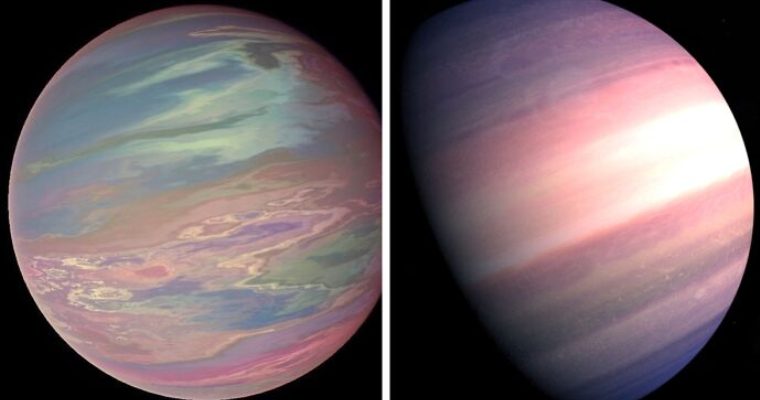Wolf Cukier attended Scarsdale High School in New York as a junior. He received a two-month internship at N.A.S.A during his junior year. He then traveled to the N.A.S.A Goddard Space Flight Center in Greenbelt, Maryland.

His first task was to examine variations in the brightness of stars detected by N.A.S.A’s Transiting Exoplanet Survey Satellite, or TESS, as part of the Planet Hunters TESS citizen research project. Through the “Citizen Science” program, those who don’t work for N.A.S.A can contribute to the discovery of new planets.

Only three days had passed since Cukier began his internship when he discovered a brand-new planet. After approving the teen’s work, sending a paper co-authored by Cukier for peer review, and announcing the finding of the planet, now known as “TOI 1338 b,” at the 235th American Astronomical Society conference, N.A.S.A announced the announcement on their website.

The eclipsing binary is a system with two stars that orbit around one another and, from our point of view, eclipse each other every time they do so, according to Cukier, a 17-year-old. “I was checking through the data to see what the volunteers had designated as an eclipsing binary,” Cukier said. My internship lasted around three days when I received a signal from a system called TOI 1338.
At first, I thought it was a stellar eclipse, but the timing was off. It was actually a planet.

I saw a transit, sometimes known as a dip, coming from the TOI 1338 system. That was a planet’s first indication. Wow, that looked nice when I first saw the first dip. But when my mentor and I examined all of the telescope’s data for that star, we discovered three other dips in the system.
The size of TOI 1338 b is 6.9 times that of Earth. It is almost 1,300 light-years away from Earth and situated between Neptune and Saturn. It is located in the Pictor constellation. The TESS system has discovered the first planet that orbits two stars, TOI 1338 b. It is a circumbinary planet as a result.

Every 15 days, the two stars go around each other in a circle. One of the stars is 10% the size of the Sun. TOI 1338 b and the two stars that make up its system are called a “eclipsing binary.”
N.A.S.A says that it is hard to find circumbinary planets like TOI 1338 b because standard algorithms might mistake them for eclipses. This is why interns like Cukier are so important.
After making history, the senior in high school is now thinking about where to go to college. He is most likely to go to Princeton, MIT, or Stanford.








